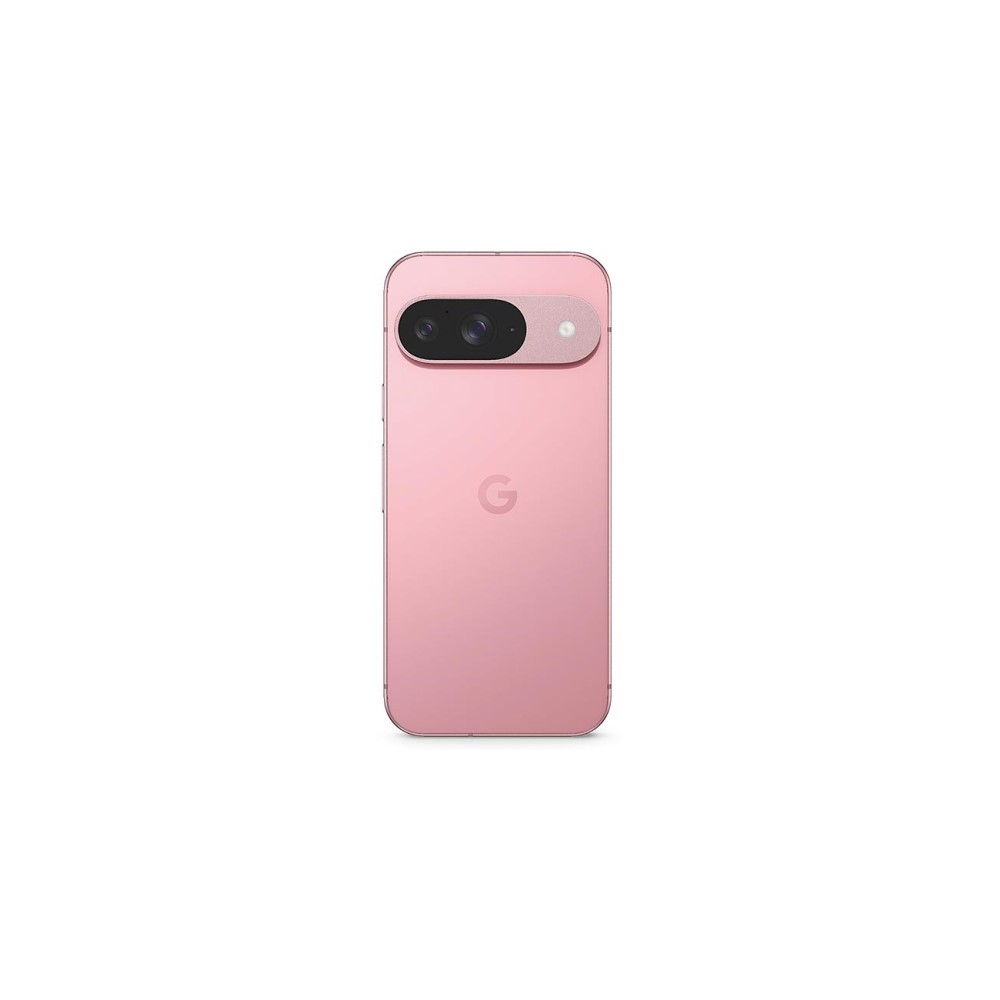I’m going to date myself here — I remember writing about Android well before Google’s Pixel series was a thing. Looking back, I’m a little surprised we’re still talking about Google phones all these years later, and in a positive light, no less. The new Pixel 9 series is shaping up to be another jewel in Google’s increasingly polished crown.
I’m happy to admit I sat out the Nexus years; I spent the smartphone boom in the excellent company of the Samsung Galaxy S, LG G, and HUAWEI P series. I was thankfully reading complaints of dubious Nexus battery life, overheating, and boot loops from the sidelines rather than experiencing them myself. While the Nexus line eventually ended, it’s surprising that the hardware issues didn’t force Google’s hand sooner. Still, Nexus fans stand by much of the series (they were good value for money), seemingly happy to take the rough with the smooth.
I swerved Google's early hardware for the safety of Galaxy and LG.
Grey hairs will also remember Google’s short-lived stewardship of Motorola in the early 2010s. Although it bought Motorola mostly for patents and inherited in-development products, few will fondly remember the likes of the Google-led Moto X flagship. We can credit 2013’s Moto G as kickstarting a rejuvenation of affordable phones before Google sold the portfolio to Lenovo a year later, but the whole saga cost the company a pretty penny and could have soured its pre-Pixel hardware ambitions.
Seemingly not content with Nexus, Google launched other hardware collaboration initiatives that saw varying degrees of success, if you can call it that. There was Android One certification for budget phones and Google Play Edition flagships that offered stock Android on Samsung, HTC, and other flagships before taking the axe. But who remembers those?

My point is that surprisingly, few of Google’s early smartphone projects were pure gold and, if anything, suggested that a Google phone would probably flop. As it turned out, Google initially continued on this hit-and-miss trajectory. The early Pixel series certainly wasn’t faultless in the hardware department; who remembers the Pixel 2 XL’s awful display or the Pixel 3’s terrible battery life? Worse, fixing boot loops or obtaining official repairs was difficult compared to today’s wider-reaching (but still far from global) support network. Still, by taking direct control, Google landed enough winners to see it through the dips. A lesser company might have bailed; in fact, many bigger players did.
Google persevered where bigger companies folded.
Few of the major brands from the smartphone boom era are still in the game. BlackBerry, HTC, and LG eventually bowed out after gradually declining market shares. The aforementioned Motorola, Nokia, Sony, and the other hangers-on are shadows of their former selves.
The hugely competitive market has squeezed returns to the point that it’s hard to undercut Apple and Samsung, and brand loyalty makes it virtually impossible for underdogs to cut through regardless. And yet, Google is miraculously a far bigger deal now than it was when the Pixel series first launched. Who knows how much money Google has made or lost on hardware, but being the Android gatekeeper has undoubtedly helped Google balance its coffers where others couldn’t.
![]()
Robert Triggs / Android Authority
Ultimately, I’m glad Google has persevered with a hardware project that it could have folded at numerous points in the past ten or more years. Google has killed more projects than most companies ever start, after all. It’s a miracle that the original Pixel vision (smart software and brilliant photography) has endured nine generations intact, let alone made it through the more troubled Nexus years and other abandoned projects.
I’ve had the pleasure of using at least one model in the Pixel 4 through 8 series and am in no doubt that the Pixel formula is indispensable once you’ve sampled it. After a long stint with HUAWEI’s brilliant camera phones, I ran the Pixel 6 Pro straight into the Pixel 7 Pro. The combination of photography prowess and software simplicity was irresistible.
While I'll always long to play away, I keep coming back to the modern Pixels.
Still, I’m not as wedded to Pixels as my colleague Rita, partly because I’m not invested in Google’s ecosystem. I spent a year with the sublime Samsung Galaxy S24 Ultra over the 7 Pro and I’ll be the first to admit that Google still has room for improvement when it comes to design, battery charging, and raw performance. But I couldn’t stay away; the Pixel 8 Pro has been a loyal camera companion and all-round solid smartphone for the better part of a year. It’s the little features, like Call Screen and Quick Tap, that I find it hard to live without. Recent advances in AI features are just the cherry on the cake.
In an era lacking true innovation, the Pixel series continues to find new ways to impress, and I’m already eying the Pixel 9 Pro as my next daily driver. Like everyone else, I’m dying to get my hands on a more compact yet fully capable flagship phone from Google — it might just be the perfection of years of effort.

11%off
Google Pixel 9
Most affordable Pixel 9
Seven years of updates
Refreshed design

16%off
Google Pixel 9 Pro
All Pro, reasonable size
High-quality display
Seven years of software support

15%off
Google Pixel 9 Pro XL
The best specs in the Pixel 9 series
Gorgeous display
Seven years of software updates

16%off
Google Pixel 9 Pro Fold
Improved design
8-inch folding display
Seven years of software updates
You might like
Commentssource https://www.androidauthority.com/never-thought-pixel-would-last-3470235/

0 Comments
Post a Comment